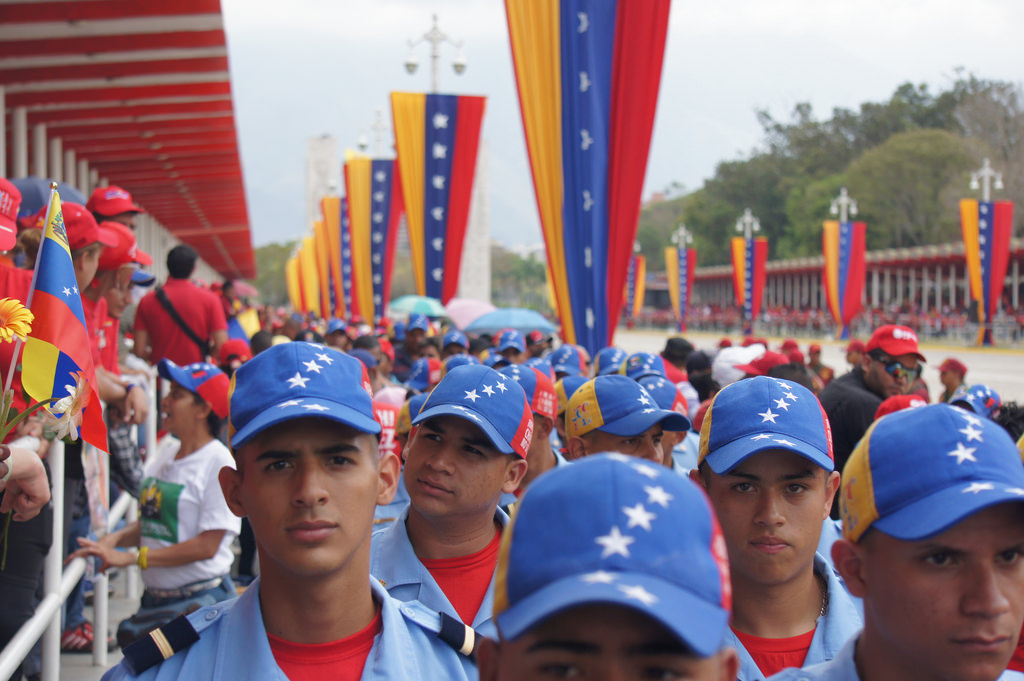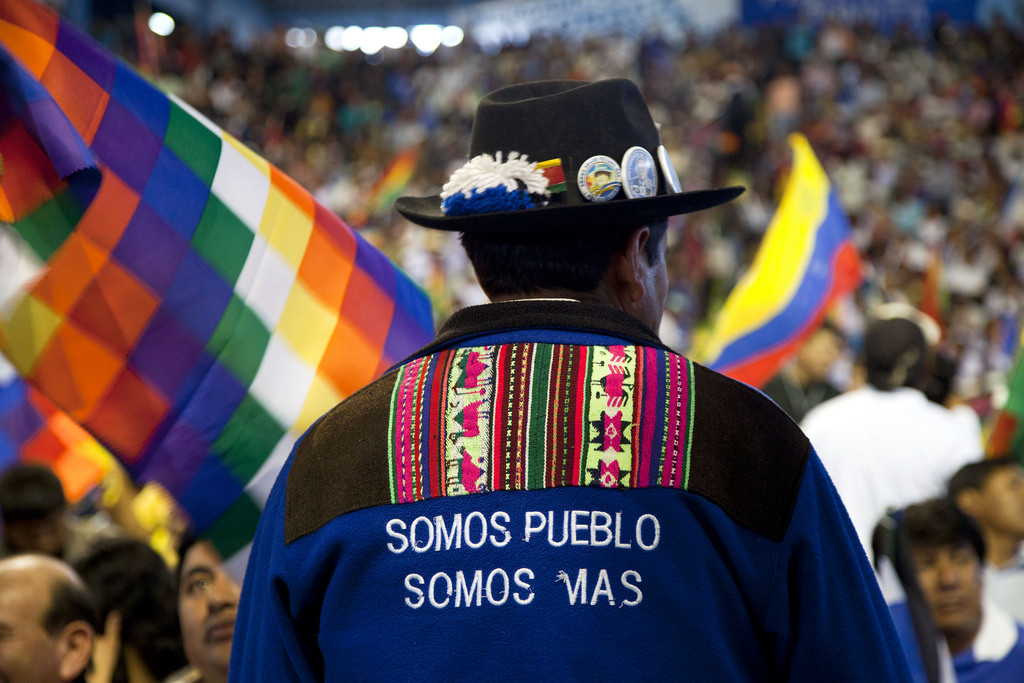
Concerned murmurs of “populism” hang over many political movements that emerged in 2016. The word littered headlines, describing political parties, politicians and popular movements in the US, UK, Spain, Italy and the Philippines, among others.
As far as “isms” go, populism made an indisputable comeback in the last year—but what exactly does this mean? For a term so easily recognized, it appears to carry limited insight if it applies to such a vast array of ideological agendas. Whether a warranted, misused or merely incendiary label, it suggests that there is a shared global sentiment unifying recent anti-establishment movements around the world—potentially stimulated by the same international factors.
An Empty Qualifier
Attempts to standardize populism reveal conceptual inconsistencies. For example, its recent use in descriptions of US president Donald Trump and in discussions surrounding the UK Brexit movement highlight distinct anti-immigration stances rooted in nationalism. Meanwhile, the Spanish “populist party” Podemos advocates voting rights for immigrants. And as Bolivia’s populist president Evo Morales supports coca cultivation by indigenous farmers in spite of drug problems, Philippine president Rodrigo Duterte—also labeled a populist—conducts brutal drug crackdowns.
This inconsistency isn’t unique to current politicians. Past uses of the label refer to the US 19th century People’s Party and the Free Silver movement (a rural movement), Peronism in Argentina (an urban working class movement), and even to the Soviet Union’s People’s Democracies of Eastern Europe (a communist movement). A better approach to a comprehensive definition may be to acknowledge that one of its only constants is this historical inconsistency. Despite the lack of a universal definition, another rare constant is its self-evidence: somehow everyone knows a populist when they see one. Beyond this, and beyond its paradox of consistent inconsistency, populism offers very little regularity.
But hurled as an insult, it has proved reliable throughout history in eliciting disdain. Uttered with revulsion, the word “populism” is usually flanked by qualifiers like “aggressive” and “violent.” Clearly, being labeled a populist is not a compliment. It is rarely embraced openly, nor used in favorable descriptions. Despite Trump and his supporters’ re-appropriation of the insult, in which they proudly turn their noses up at “fake” or “mainstream” news, populism carries a negative historical connotation.
Yet it may not be immediately clear why a word that refers to the will of constituents against elite machinations, would be so defiled in democratic societies. On its face, its derogatory use may seem contradictory. Perhaps use of the word reveals just as much about the labelers as those labeled.
Populism is largely rhetorical, and usually combined with other “isms.”
While an all-encompassing definition eludes academics, it’s clear populism can be linked with certain types of rhetoric. For example, many associate it with reactionary nationalism, sometimes in response to a perceived drop in national welfare.
Other populist movements are hinged on the charisma and political maneuvers of particular leaders. Also known as “strongmen,” these leaders make use of a rhetoric that pits a good, wholesome people against corrupt elites or oligarchs. Usually this is done in conjunction with an appeal to ethno-national identity. Examples of such strongmen can be found in Latin American populism, including leaders like Juan Peron and Hugo Chavez who campaigned on platforms that eschewed existing power-holding institutions in the interest of “the People”—the true national representatives.
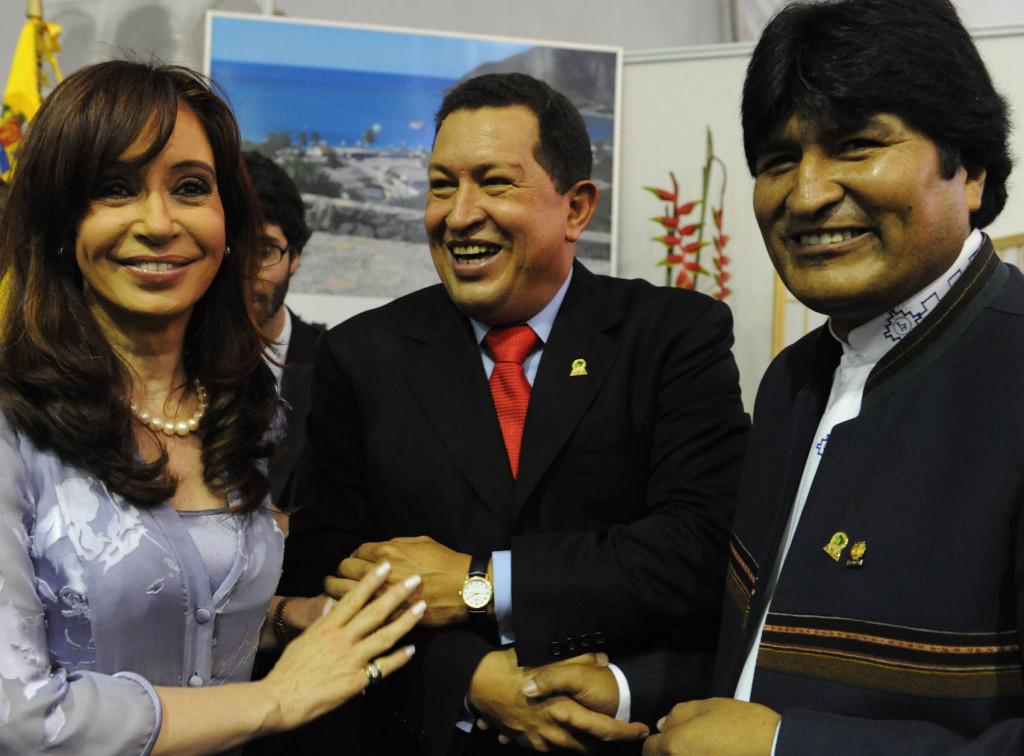
USC SIR professor Pablo Barbera is working on a project examining populist rhetoric and the communication strategies of populist politicians on different channels, including social media.
According to him, “Populism thinks that society is divided in two groups. There’s a very large group, which is the People, or the masses, who are morally superior. And then there’s a tiny minority—the elites, who are in power. They’re kind of like parasites, and they’re just trying to enrich themselves, and they are corrupt.”
Thus, one way to make sense of populism’s lack of ideological color is by establishing it as a purely rhetorical rather than ideological ism—a political strategy rather than a coherent platform. In fact, according to political scientist Cas Mudde, populism can be conceived as a “thin” ideology, usually combined with “thick” ideologies like communism or fascism. Because of its inconsistent application to these ideologies, populism looks different every time it is practiced (despite being self-evident), and frequently adopts a distinct national identity—hence its strong correlation with nationalist rhetoric.
Populism can rise in the wake of economic change
Regardless of the personality, rhetoric and ideology that can qualify a movement or a campaign as “populist,” economic and social changes—particularly the exposure of inequality—can trigger the success of populist movements. According to Barbera, two types of factors have led to recent success.
“One is underlying; and the other is a trigger. The underlying is that there are a lot of citizens in many countries that are suffering the consequences of globalization, and technology is making the skills of blue-collar workers in many countries obsolete,” he said. “So that means there’s a lot of people unemployed. For them, objectively their economic situation is much worse now than it used to be. There’s also a trigger, and I think that’s the economic crisis.”
Though its inconsistency prevents populism from forming a “thick” ideology, certain conditions and features add dimensions to populism beyond pure rhetoric. Economic gaps appear to fuel populism. Historically, industrialization has been accompanied by the rise of populist movements.
This is true for the US in the 19th century, but perhaps even more for Latin American industrialization at the beginning of the 20th century. In the wake of these changes, the political system in place no longer accurately represents the resulting new and/or displaced groups. These groups—whether the rural poor or a new working industrial class—whom the political system failed to represent become, in a sense, “up for grabs.” Thus, perhaps most simply, populism is the manipulative mechanism employed by politicians on either side of the political spectrum to win the vote of these disenfranchised groups.
Arguably, the changes and uncertainty of the 21st century mimic the gaps left by industrialization in previous eras of growth. The downturns and transitions of the 2008 recession and the advent of the Internet which has been described as “the greatest technological surge since the industrial era,” combined with huge demographic shifts and the rise of global terrorism all contribute to a very different-looking world in the new century.
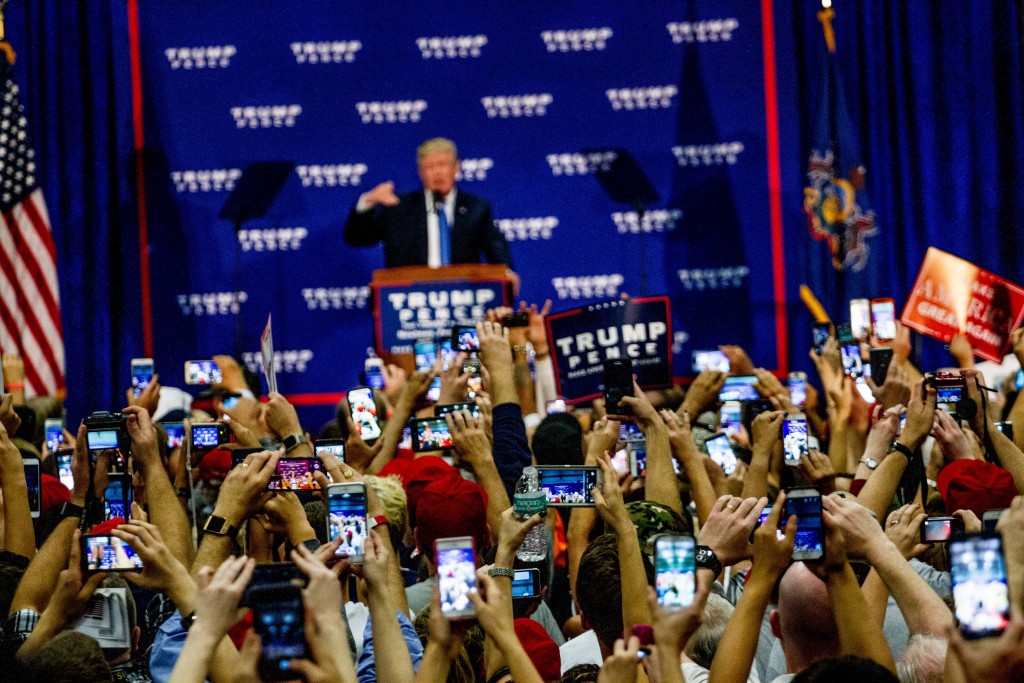
The economic and security ramifications of this “newness” and uncertainty can render certain populations ripe for political manipulation. The feeling of disadvantage is inherently economic. Political freedom, explains The Atlantic, is inextricable from economic freedom. Economic freedom here is understood as an equal ability to compete in the marketplace. In left-leaning populist platforms, this makes redistributive policies and land reform particularly appealing. On the right, it means standing up to a corrupt elite that betrays the national interest.
The reactions these platforms have elicited in the US are not only seen through the Trump and Sanders campaigns in 2016, but in the increasing failure of the US bipartisan “duopoly” to represent Americans. More evidence is the growing percentage of self-identified independent voters. A recent Glimpse article by Senior Correspondent Luke Phillips illustrates how both candidates utilized the American working class frustration with globalization and growing inequality.
Populist politicians capitalize on this antiestablishment sentiment through the “us vs. them” rhetorical framework mentioned above. An “us vs. them” rhetoric is not exclusive to populism, but it is a necessary condition. This framework can be split into two camps, as described by political scientist Werner Muller. An exclusive populism seeks to shut out stigmatized groups. In Europe, these are refugees. In the US, immigrants. In Latin America, inclusive populism is more common, in which increased representation is demanded for stigmatized groups such as the poor and the indigenous.
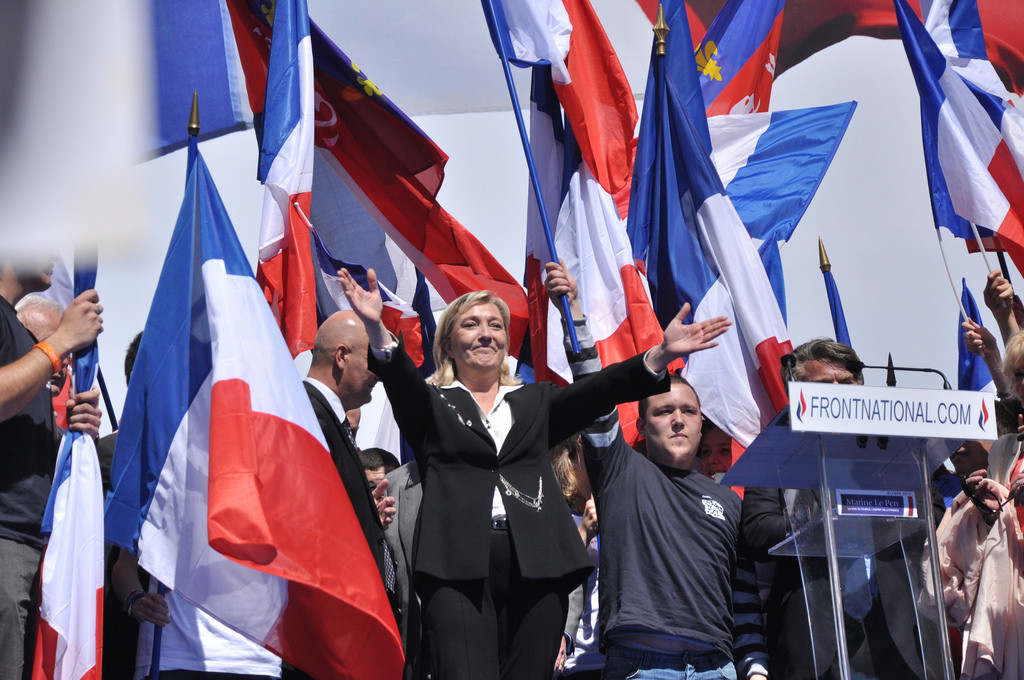
However, “us vs. them” in the populist dimension rarely addresses class conflict. Rather, it relies on a narrative of ordinary, honest people exploited by corrupt elites. Populists build coalitions within specific demographics and cast them into these roles. For example, Donald Trump received support from both the poor and the wealthy: his coalition brought together blue collar workers, wealthy white women, and even prominent names in the finance industry—proving that his rhetoric was not class-oriented.
In both, there is a strong grassroots component. Regardless of whether it panders to an agrarian movement demanding land reform, or a reactionary working class, populism is presented to the public as a bottom-up solution. This goes back to its etymological roots—populism is for the plain folk, for the masses, for the opposite of the elites. It serves those who feel somehow disadvantaged or usurped of what is owed them. Because of this, populism often champions democracy.
“Populists are usually, at least at first, ultra-democratic. For example they’re huge fans of direct democracy like referenda, popular initiatives. The whole Brexit referendum that happened in the UK is something that the populist party in the UK had been demanding for a long time,” Barbera said.
What populists ignore, however, are systems of checks and balances. Unlike direct democracies, parliamentary democracies can aggregate the interests of the population and represent them equally, taking into account minority groups.
What Barbera sees as most harmful are the inconsistencies contained within the rhetoric.
“On paper, giving power to the masses and getting rid of the corrupt elite sounds great, but there’s all these logical fallacies. The first thing is that the democratic system already gives the power to the masses. Second, most politicians are not corrupt. They’re kind of like picking out the black sheep and saying the whole thing is polluted,” he said.
On the other hand, use of the word could also be trigger-happy response of the opposition.
Populism is often wielded by the opposition to classify anti-establishment movements as radical or extreme.
Conceptual inconsistencies have not stopped populism from being hurled as an insult. For populists themselves, the label is an elite response. From this perspective, the label itself serves as a rhetorical tool to shut down uprisings that threaten current power-holders. The underlying implication is that “the people” are incapable of voting in their interests, or at least manipulated into voting against their interests.
Branding a political movement as “populist” cites a Freudian notion in which individual inhibitions dissolve as people are “stirred up,” evoking dormant “cruel, brutal and destructive instincts.” In short, groups or “masses” are designated a mind of their own, which is subsequently associated with primitive instincts. But this generalization is colored by ideology. After all, not all constructions of “the people” are created equal, so ideology renders the labelers alternately defenders and condemners of popular movements.
If populism fills the gaps created by economic changes of the time, and is used by elites to decry movements deemed “too extreme,” any definition of the term must consider the era’s conception of the political center. During the Cold War, for example, because the Soviet Union made frequent appeals to “the people,” the populist label became even more loathsome. Because the subsequent use by any politician of “the people” was wont to generate US suspicion, populist rhetoric changed. Now, in the 21st century, hardly any politician makes direct reference to the political group.
Populism and “the People”
Communication between populists and constituents is unconventional, and as a consequence these politicians share a curious relationship with the media. According to Barbera, there are two frameworks for analyzing communication between politicians and their constituents generally. The first is top-down, in which the mass media broadcasts messages to the population, which doesn’t have an input. The second framework, on which Barbera believes populists rely heavily, is bottom-up. In this approach, the population sets topics and concerns, which the politician picks up on and addresses.
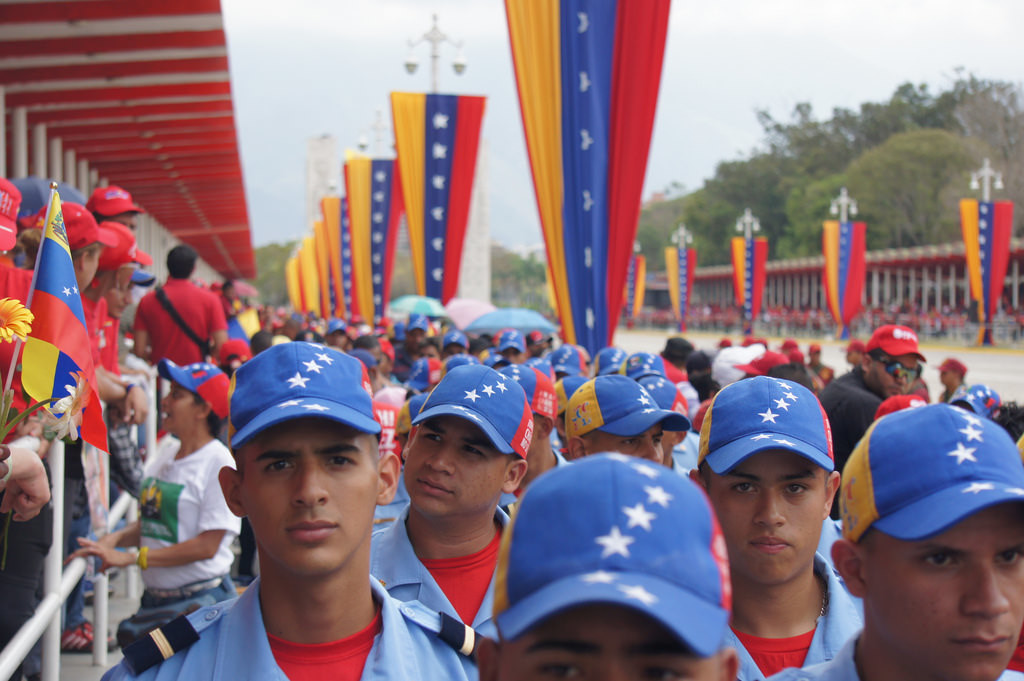
A couple factors make this second framework the ideal communication strategy for today’s populists. First, populists generally don’t have a good rapport with traditional media, who dissect and criticize populist talking points. These criticisms threaten to disrupt the narratives created by populists related to corrupt elites and playing to popular dissatisfaction. While Hungary’s Victor Orbán quelled the opposition press through more traditional measures in response (shutting it down), other tactics involve absorbing or reframing criticisms. Trump supporters have done both—absorbed the “deplorables” label, and spun negative press into “fake news.” This is not unlike their European counterparts. One European study found that when criticizing mainstream media, populists employ five recurring themes: erroneous reporting, criticism of ownership, naming and shaming, discursive contestations, alternative phraseology and the promotion of other media outlets.
The other reason bottom-up communication works so well with populism is precisely because of the abundance of alternative media outlets thanks to the Internet.
“Now with social media it’s so easy to put out a message and it goes viral—it doesn’t matter if you’re a farmer in the middle of Iowa or a journalist. Everybody has the same power. So, I think populist parties, or parties that have a populist strategy, take advantage of that as a way of giving voice to the ordinary people in our country,” Barbera said.
At its core, populism implies a fear of the “tyranny of the masses.”
Populism can also be conceived as an answer to the question, “are there limits to democracy?” The answer depends on the existence of a belief that a body of constituents can be as tyrannical as a dictator. In other words, democracy can be abused for something that is not, overall, good for society. Because the populist label describes a lack of faith in the democratic mass to vote in their interest, its use implies that what would otherwise be a system of direct democracy must be checked. The manifestation of this implication in the US, for example, is the electoral college.
Regardless of ideological orientation, populism can be a good thing in a democracy. It pushes to the forefront underlying or unresolved issues that have not been addressed by institutional channels. That way, even in quelling a populist movement, the political center is still broadening the scope of the conversation.
The views expressed by the author do not necessarily reflect those of the Glimpse from the Globe staff, editors or governors.


